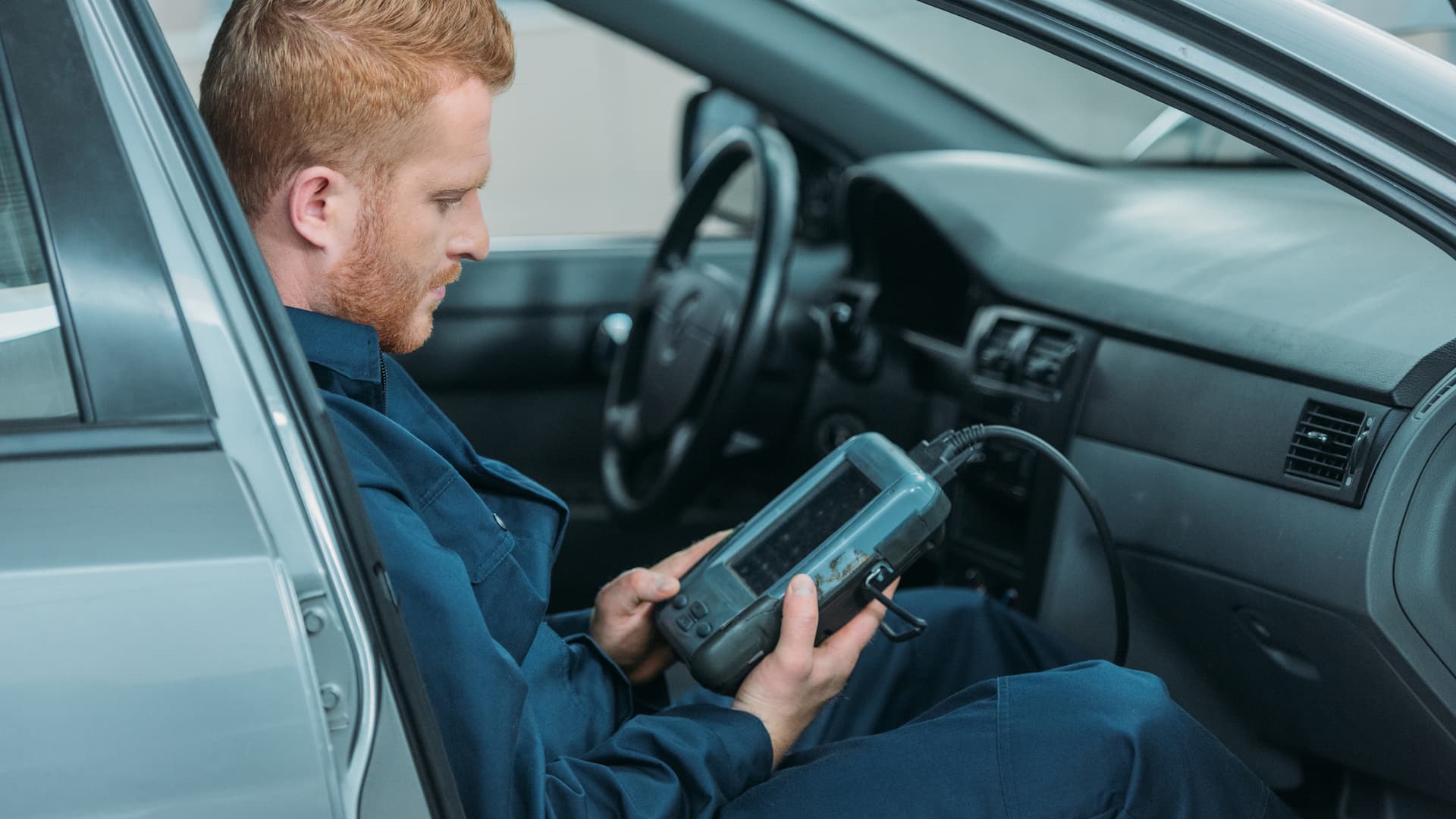Mercedes-Benz GLS450 Rear Control Arm Bushing Replacement Costs
Our mobile mechanics bring the shop to you 7 days a week.
Get a quote today for your Mercedes-Benz GLS450

Find Your Cost
Mercedes-Benz GLS450 Rear Control Arm Bushing Replacement Costs
AutoNation Mobile Service offers upfront and competitive pricing. The average cost for Mercedes-Benz GLS450 Rear Control Arm Bushing Replacement is $369. Drop it off at our shop and pick it up a few hours later, or save time and have our Delivery mechanics come to you.
Car
Location
Price

2004 Mercedes-Benz C230
1.8L L4 Supercharged Kompressor •
148,000 miles
,
CA 90077
$90 -
$110

2002 Mercedes-Benz C320
3.2L V6 Base •
90,000 miles
,
CA 92105
$96 -
$118

2007 Mercedes-Benz CLK350
3.5L V6 Base •
93,000 miles
,
CA 92626
$707 -
$864

2009 Mercedes-Benz CLK350
3.5L V6 •
119,979 miles
,
TX 77385
$680 -
$832

2006 Mercedes-Benz C230
2.5L V6 Sport •
54,000 miles
,
CA 92113
$87 -
$107
Why AutoNation Mobile Service?
We perform over 600 repair and maintenance services including oil changes, brakes, diagnostics, belts and hoses, and more. The best part? We come to you with all the necessary tools and parts.






